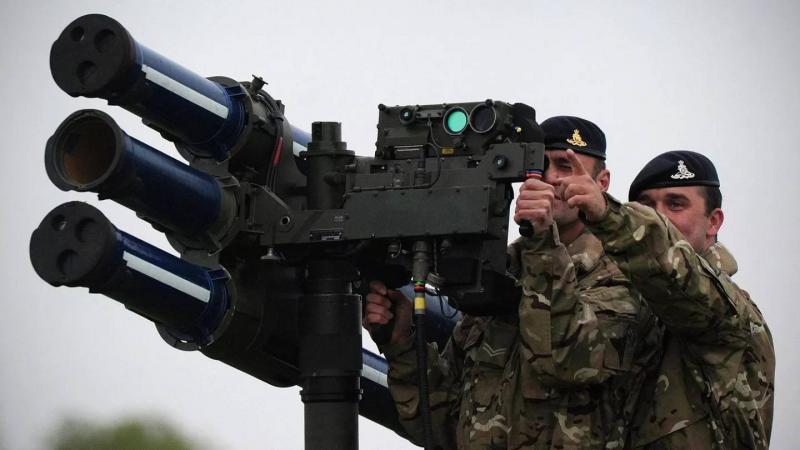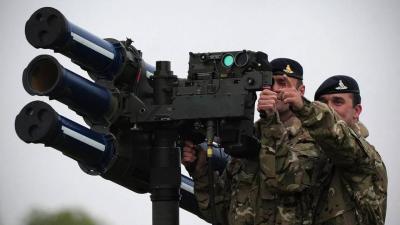With the increase in wars and conflicts, international arms companies remain the biggest winners. The conflict between Israel and Hamas, the Russian operation in Ukraine, and China's rise as a power in the region have led to a boom in the arms industry, providing an opportunity for Washington to build closer military relationships with other countries. Just a few days after the "Al-Aqsa Flood" operation, which ignited a new war in the Middle East, U.S. weapons shipments began arriving in Israel, including smart bombs, ammunition, and interceptor missiles for the Iron Dome missile defense system. In the upcoming meeting between President Biden and Israeli Prime Minister Benjamin Netanyahu on Wednesday, the provision of further military assistance is likely to be a topic of discussion, making the conflict between Israel and Hamas merely a driving force behind the surge in international arms sales that enhances profits and weapons manufacturing capabilities among U.S. suppliers, according to The New York Times.
Additionally, the increase in sales provides the Biden administration with new opportunities to closely connect the armies of other countries with the U.S., the largest arms exporter in the world, while also raising concerns that a more heavily armed world will be prone to rush towards more wars. Even before Israel responded to Hamas's attack, the Russian invasion of Ukraine and the perceived rising threat from China were reasons stimulating a global rush to purchase fighter jets, missiles, tanks, artillery, ammunition, and other lethal equipment. The boom in sales was also driven by the rapid pace of technological change in combat, putting pressure on even well-armed nations to buy new generations of equipment to remain competitive.
The pressure to supply Israel with more weapons comes as American military contractors are already struggling to keep up with demand to resupply Ukraine in its war against Russia and assist other U.S. allies in Europe, like Poland, in strengthening their defenses. There are billions of dollars in backorders from allies in Asia, driven by the perceived increased threat from China. Global military spending last year, on weapons, personnel, and other costs, reached nearly $2.2 trillion, the highest inflation-adjusted level since at least the end of the Cold War, according to the Stockholm International Peace Research Institute. One of the biggest drivers is the increase in the purchase of new weapon systems. Excluding sales within the U.S., China, and Russia, global spending on military procurement is expected to reach $241 billion next year, a 23% increase from last year even after adjusting for inflation. This marks the largest increase ever over two years in the database maintained by Janes, a company that has tracked military spending for nearly two decades.
It is noted that since last year, the U.S. has controlled an estimated 45% of global arms exports, nearly five times that of any other country and the highest level since the years immediately following the collapse of the Soviet Union, according to the data. This represents an increase from 30% a decade ago. The intense demand for more military power has encouraged other arms-producing countries, such as Turkey and South Korea, to ramp up their exports, giving buyers more options at a time when production shortages in the U.S. mean it could take years to fulfill orders.
Some major buyers, like Poland, a NATO ally fearing further Russian aggression, are arming themselves more to face specific threats. Meanwhile, other countries, such as Indonesia, which is now moving to purchase more from the West, are trying to keep pace in areas experiencing rapid militarization. However, the significant rise in arms purchases continues to raise other concerns regarding the possibilities of more deadly conflicts beyond the ongoing wars in Europe and the Middle East.




